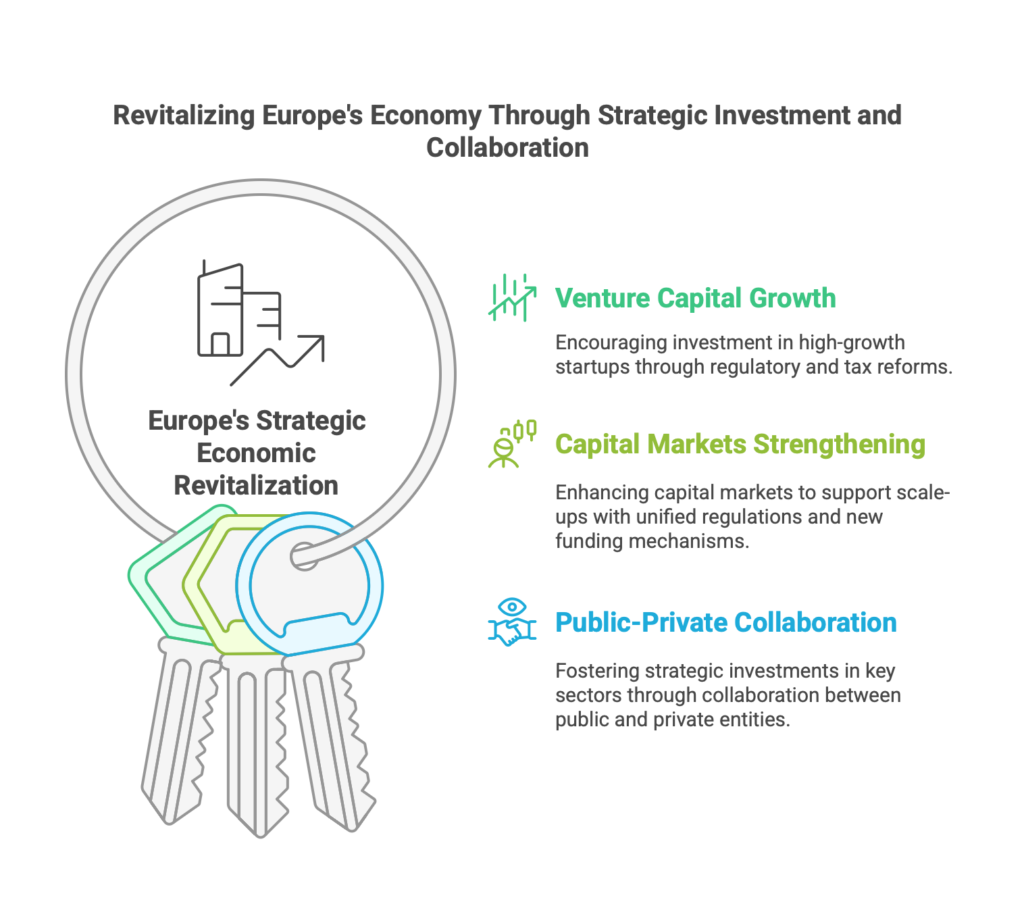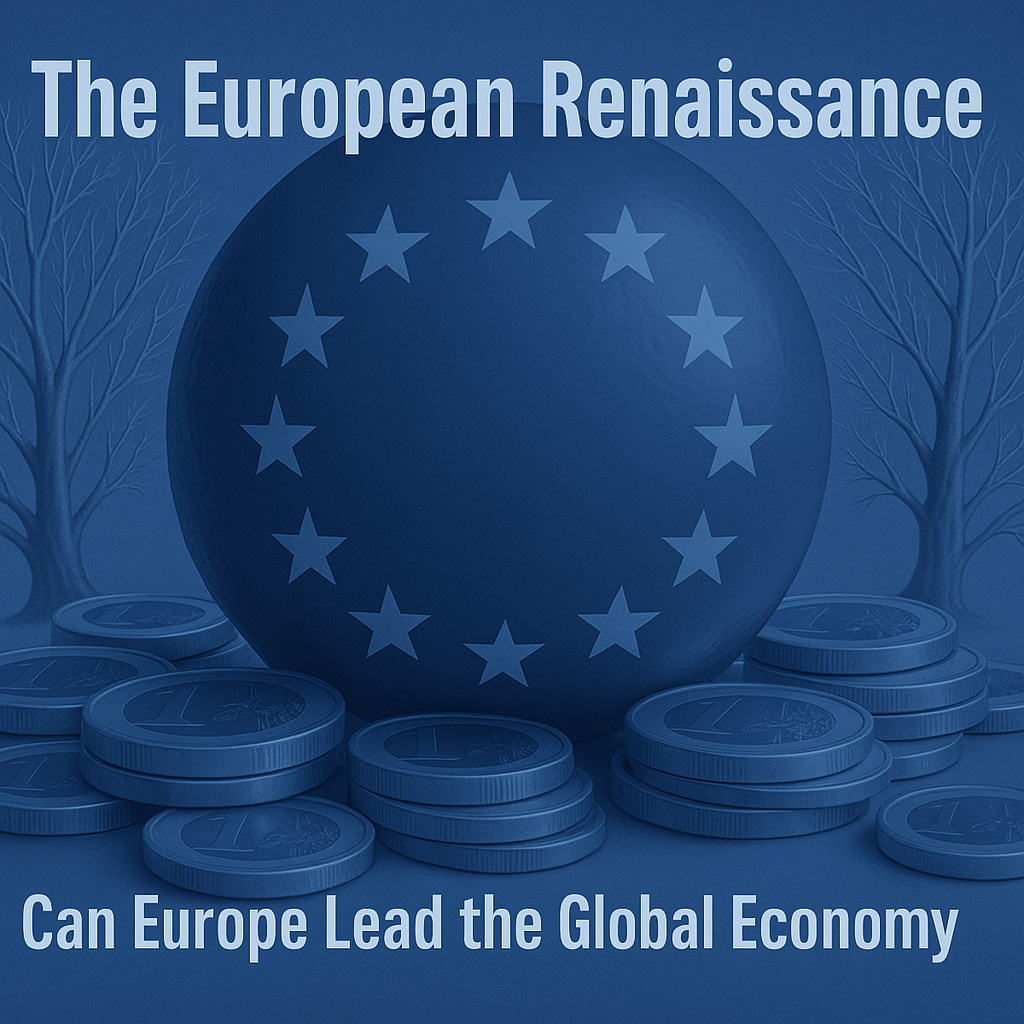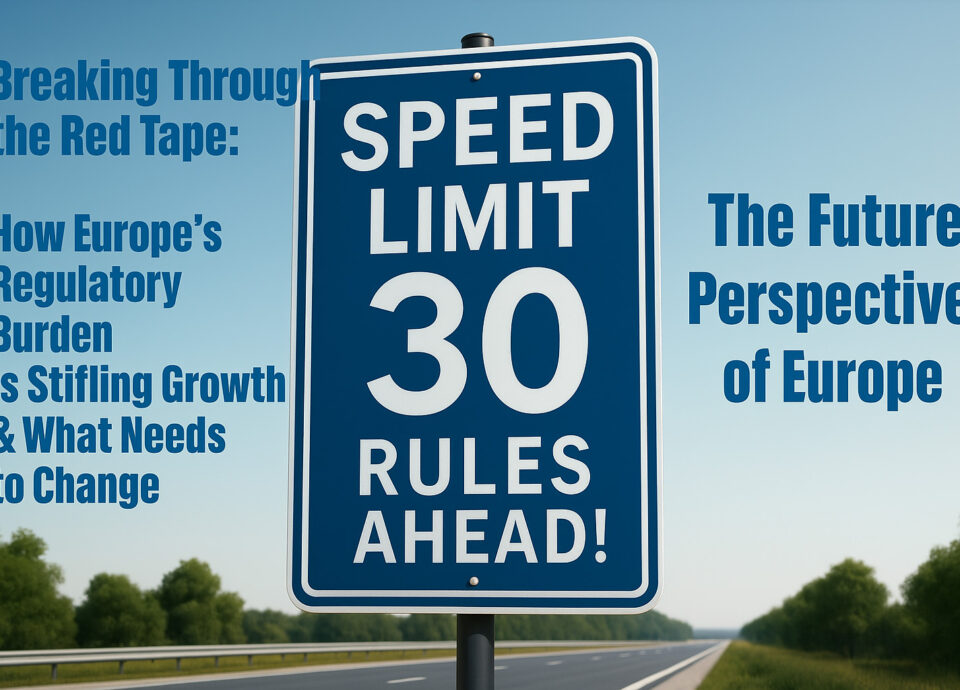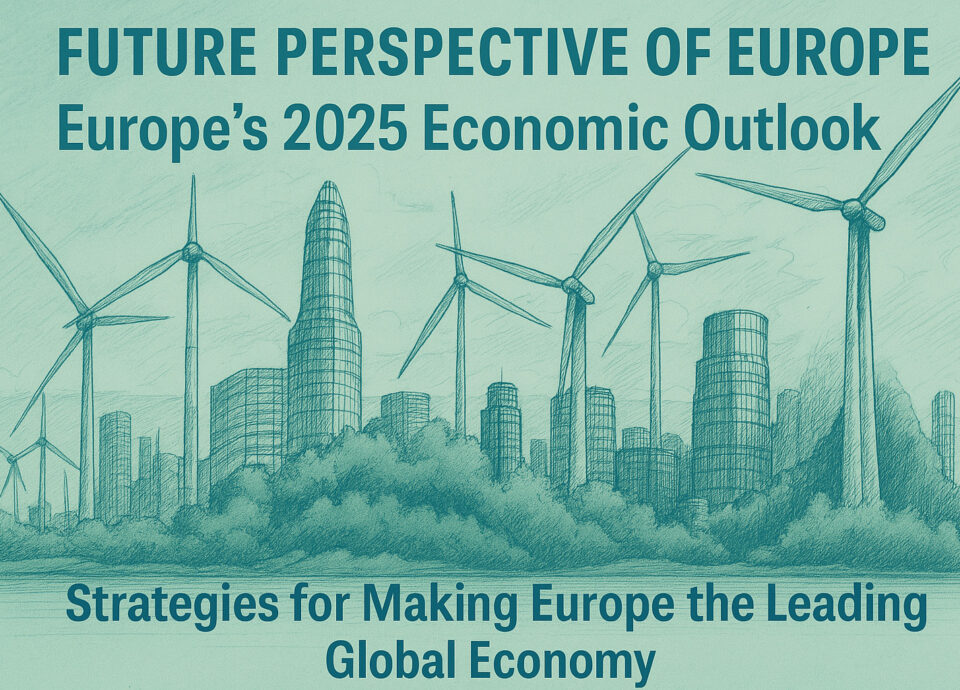Introduction: The Big Question
Europe has long been a global economic force, balancing social welfare, regulatory oversight, and market-driven capitalism. However, in the race for economic dominance, China and the U.S. have surged ahead—leveraging state-led planning and venture capital, respectively.
Recent market rallies, investment surges in clean tech, and revised ECB growth projections suggest that Europe has the potential to compete on a new level. But can Europe develop a unique, competitive growth model that balances innovation with social stability?
The answer depends on Europe’s willingness to embrace bold economic transformation.
 The Current Economic Landscape: What’s Happening?
The Current Economic Landscape: What’s Happening?
 European Markets Show Resilience
European Markets Show Resilience
- Germany’s DAX index surged, reflecting renewed investor confidence (source).
- Earnings reports show strong business performance despite global economic headwinds.
 The Clean Tech Boom is Here
The Clean Tech Boom is Here
- The European Hydrogen Bank auction attracted 61 bids for renewable hydrogen projects (source).
- This highlights Europe’s leadership in clean energy and the rising importance of private investment in sustainability.
 Europe’s Economic Growth Forecasts Adjusted
Europe’s Economic Growth Forecasts Adjusted
- The ECB revised its growth projections, forecasting 0.9% growth in 2025 and 1.2% in 2026 (source).
- While still modest, these figures indicate room for recovery driven by strategic investment.

 The Challenge: Europe’s Economic Growth Model is Stagnant
The Challenge: Europe’s Economic Growth Model is Stagnant
Despite its strengths, Europe faces key challenges:



While China and the U.S. double down on high-risk, high-reward investments, Europe risks falling behind without urgent reform.
 The Solution: A New Vision for European Capitalism
The Solution: A New Vision for European Capitalism
Europe must adapt its capitalism to thrive in the 21st century by:

- Require pension funds to invest 10% in high-growth startups.
- Reduce cross-border investment restrictions.
- Introduce tax incentives for private equity in European startups.

- Create a Pan-European stock exchange for tech and high-growth industries.
- Unify financial regulations across EU nations.
- Expand SPACs and revenue-based financing as alternative funding methods.

- Launch a €500B European Sovereign Growth Fund to invest in AI, biotech, and deep tech.
- Support private investment in clean energy and digital transformation.

 Proof of Success: Europe’s Emerging Innovation Leaders
Proof of Success: Europe’s Emerging Innovation Leaders
Europe already has examples of world-class innovation:








Conclusion: Time for Bold Action



Europe must act now to modernize its economic model. This means:

“Can Europe outcompete the U.S. & China? Discover how venture capital, investment, and clean tech can reshape Europe’s economy for long-term growth.”





